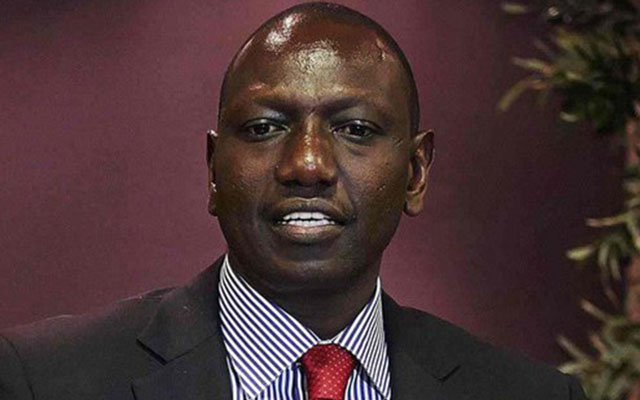Presidential Inputs scheme revives cotton sector
Elita Chikwati Senior Agriculture Reporter
The Presidential Inputs Support Scheme has revived the cotton industry which was on the verge of collapse due to low prices offered by merchants. Most farmers in cotton growing areas had abandoned producing the crop as prices had plunged to as low as US0,30 cents per kilogramme. Others had shifted to paprika, groundnuts and maize, while others left their fields fallow as they had no alternative crops suitable for their areas.
Merchants had reduced input packages citing side marketing by farmers and this further affected production. Most farmers in Manicaland told The Herald that they last produced the crop between 2012 and 2014 due to viability reasons. The farmers said the prices had become unviable and some lost their property after failing to pay back loans.
Government had to intervene by including cotton under the Presidential Inputs Support Scheme. Statistics from the Ministry of Agriculture, Mechanisation and Irrigation Development show that the area put under cotton during this year increased by 49 percent from 105 000 hectares last year to 155 000 hectares.
Farmers received inputs package for two hectares including seed, fertilisers and chemicals. Government has also come up with a gate price that will not allow other merchants to buy the State crop. The bulk of the cotton is now at flowering stage and most farmers are spraying.
Nyazura farmer, Mrs Kanganwirai Mupinga said she last grew cotton in 2012 because of the poor prices offered by buyers. “We only produced cotton this year thanks to the Presidential Inputs Scheme. We received adequate inputs and we planted in November. We have received heavy rains but our crop has not been affected,” she said.
Another farmer, from the area, Mr Stanford Mujuru said he received adequate inputs and the only challenge he had was shortage of equipment to apply pesticides and herbicides.
“We had abandoned cotton production for so many years that we no longer had knapsack sprayers. The ones we received under the scheme are few and we have to wait for other farmers to spray before we can get our chance. The heavy rains are good but they have increased weed growth and we have to constantly weed the fields. We hope we will get a good price,” he said.
Chief Murambinda, Mr Pedzisai Murambinda, said cotton was the ideal crop for the area but farmers had lost heart due to the uncompetitive prices.
“Cotton is the ideal crop for our area. We were now producing alternative crops such as cowpeas and maize and they were not performing very well.
“Buhera is a dry area and is suitable for cotton production. I commend Government for coming up with such a programme that will motivate us to produce the crop. We want the textile industry to grow so we do not wear second hand clothes. We have received good rains this year and our crops, including cotton will do well. We hope no farmer will get on the food aid list,” he said.
Cottco Agricultural extension officer, Mr Nicholas Kapungu said most farmers received inputs for a hectare but some planted less than that. “We are going to establish demonstration plots to teach farmers on plant population to achieve the intended yields, fertiliser application and pest control,” he said.
Cotton is important because of its contributions to the textile industry, edible oil and stockfeeds manufacturing.
Cotton is a vital crop in terms of value addition, employment and import substitution. Cotton is an anchor crop just like tobacco, sugar cane and horticultural crops. For the past season Government has been supporting cotton farmers through input packages and this programme will be carried out in three years. Government has invested $42 million for the cotton inputs scheme. Planting seed and basal fertiliser have already been disbursed to the farmers and the disbursement of top fertiliser, pesticides and herbicides is work in progress.
This year 150 000 farmers planted cotton in cotton growing areas that include Gokwe, Chiredzi and Muzarabani. Cottco disbursed 6 000 tonnes of seed which is equivalent to 300 000 tonnes of cotton. The company is projecting an average minimum intake of 110 000 tonnes.








Comments